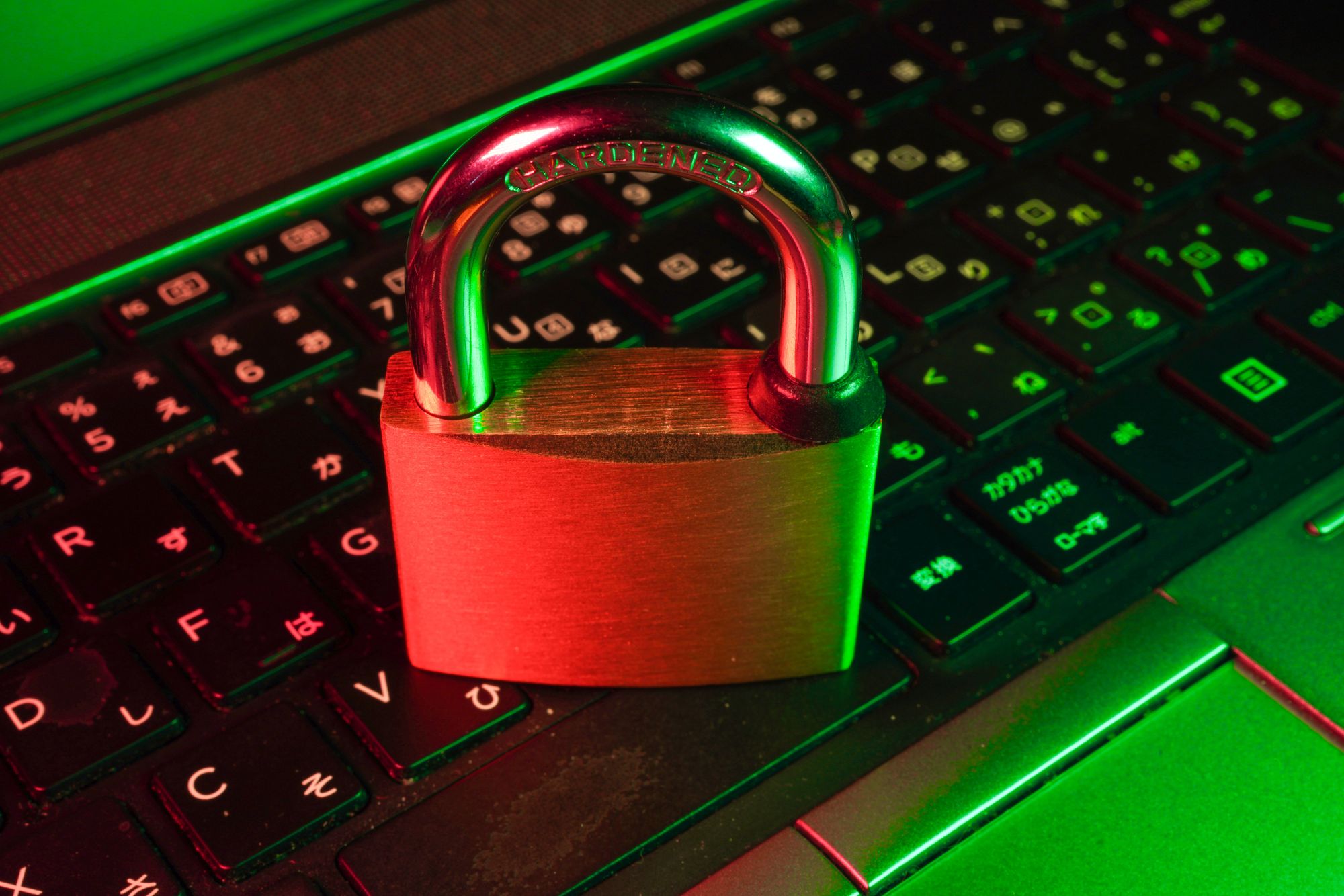Best Practices for Securing Your Password
Having a strong and secure password is essential to protect your online accounts from unauthorized access

Having a strong and secure password is essential to protect your online accounts from unauthorized access. In this article, we will explore best practices for creating and managing secure passwords that will help safeguard your sensitive information.
- Length and Complexity: One of the fundamental aspects of a strong password is its length and complexity. Aim for a minimum of 12 characters, combining uppercase and lowercase letters, numbers, and special symbols. Avoid using easily guessable information like your name, birthdate, or common dictionary words.
- Unique Passwords: Using the same password for multiple accounts puts all your accounts at risk. If one account gets compromised, all others are vulnerable. Ensure that each account has a unique password to minimize the potential impact of a security breach.
- Password Managers: Consider using a reputable password manager to generate and securely store your passwords. Password managers not only create complex passwords for you but also remember them, eliminating the need to remember multiple passwords.
- Two-Factor Authentication (2FA): Enable two-factor authentication whenever possible. This adds an extra layer of security by requiring a second verification step, such as a unique code sent to your mobile device, in addition to your password.
- Regularly Update Passwords: Make it a habit to update your passwords periodically, preferably every three to six months. This practice reduces the risk of long-term exposure to any compromised passwords.
- Beware of Phishing Attacks: Be cautious of phishing attacks, where attackers attempt to trick you into revealing your password through deceptive emails or websites. Always double-check the URL and be wary of providing your password unless you are certain of the authenticity of the request.
- Secure Authentication Methods: Opt for more secure authentication methods, such as biometric authentication (fingerprint, facial recognition) or hardware security keys, where available. These methods provide an additional layer of protection beyond traditional passwords.
Conclusion: Protecting your online accounts starts with a strong and secure password. By following these best practices, including using unique passwords, leveraging password managers, enabling two-factor authentication, and staying vigilant against phishing attacks, you can significantly enhance the security of your digital identity. Remember, investing in password security is an investment in the protection of your personal and sensitive information.
By implementing these measures, you can better safeguard your online presence and reduce the risk of unauthorized access to your accounts. Stay proactive in managing your passwords, and prioritize security to ensure a safer digital experience.
